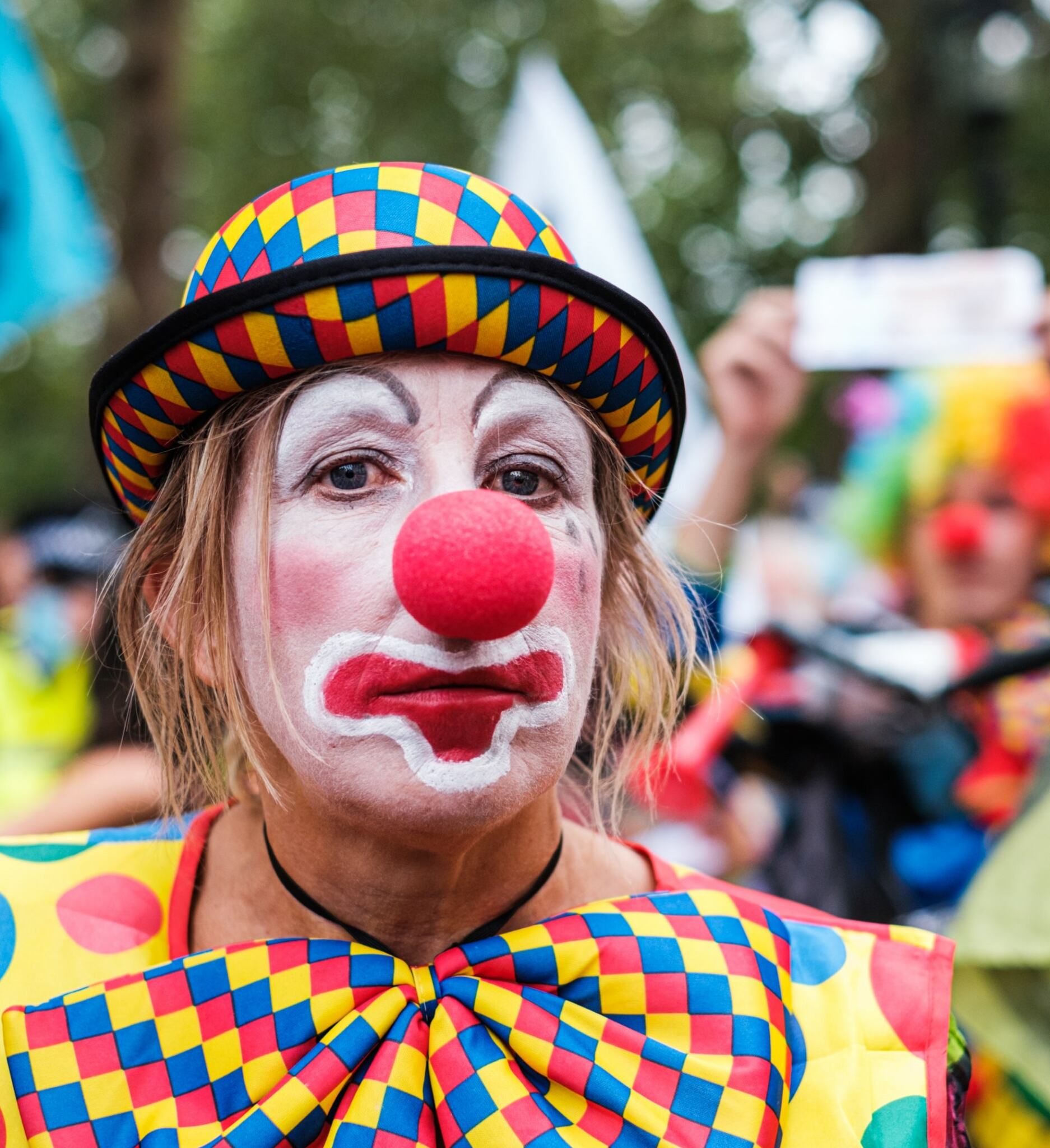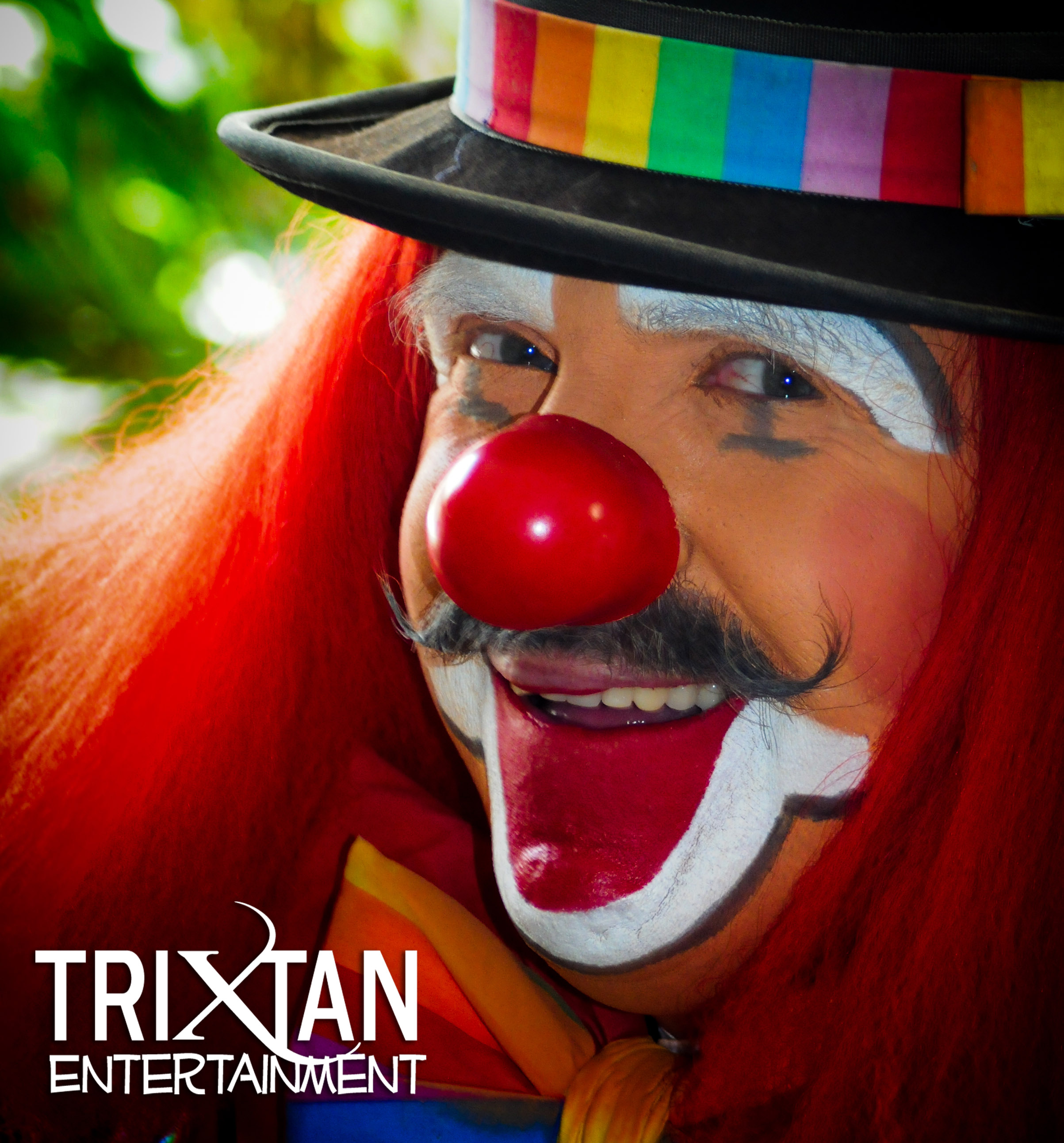All Occasion Performers Fundamentals Explained
All Occasion Performers Fundamentals Explained
Blog Article
8 Simple Techniques For All Occasion Performers
Table of ContentsThe Best Strategy To Use For All Occasion PerformersAll Occasion Performers - TruthsGetting My All Occasion Performers To WorkExamine This Report on All Occasion PerformersA Biased View of All Occasion Performers
He specialized in pigs and burros, which he trained and offered to various other clowns. He additionally presented an act with a skilled rhinoceros and is the only individual in circus history to provide a tightrope strolling elephant.He was also a philanthropist who gave generously to several charities and he erected the first monolith to soldiers killed during the Civil Battle - Corporate events near me. Beginnings of the Auguste characterThere is a commonly informed legend concerning the origins of the Auguste clown. According to the legend, an American acrobat called Tom Belling was performing with a circus in Germany in 1869
Belling took off running, finishing up in the circus sector where he dropped over the ringcurb. In his shame and rush to escape, he fell over the ringcurb once again on his means out. The manager commanded that Belling proceed showing up as the Auguste.
The 2-Minute Rule for All Occasion Performers
For one point, words Auguste did not exist in the German language up until after the personality ended up being popular. One of the concepts of the actual beginning is that Belling duplicated the personality from the R'izhii (Red Haired) clowns he saw when he visited Russia with a circus (https://peatix.com/user/22655703/view). Personalities like the auguste definitely existed formerly

The dance later on ended up being called tap dancing. It needs to be noted that there are alternative 'origins' for the tramp character"among which was the taking a trip "hoe children," or itinerant farm workers, that rode the rails from one community to another, wiping the residue far from their eyes & mouth.
What Does All Occasion Performers Mean?
Keep in mind that the scare wig, overstated lips and eyes, large apparel and props of the American clown, props such a seltzer water, packed clubs, exploding cigars, and whistles loaded with residue, are not Grimaldi's. They belong to Tambo and Bones. The English blackface comedian Charles Mathews came to America in 1822 to perform and researched black life and personalizeds.
In such plays there is a mishmash of characters including "kings" and "saints", cross-dressing, and blackface duties; the faces of Morris (or "Moorish") professional dancers were also blackened. Most were carried out by bad men in the starving time after Christmas.
If denied, they would certainly rake the wrongdoer's lawn. The Derby Play of the Tup was done for food and beer by out of work young people. you could try these out This usage of blackface for political activity disguised as home entertainment continued America when the offspring of these guys blackened their faces to protest tax obligations. One such demonstration has gone into American history as the Boston Tea Event.
The Main Principles Of All Occasion Performers

While not the luxurious affairs we consider today, some early, rougher forms of taking a trip circus were preferred in America from Revolutionary times-- George Washington was a follower. Blackface clowns executed in them from at least the 1810s and maybe before; they were a staple by the 1820s. The vast red or white mouth painted on by contemporary clowns is a remnant of the blackface mask.
The blackface mask was a clown's disguise, exaggerating the face functions right into an anime, a caricature. The blackface clown may be the forerunner of today's anodyne circus clown, however or else the 2 are as opposite as blackface and whiteface.
The Definitive Guide to All Occasion Performers
That in nineteenth-century America was even more of a Besides the ? What better mask than blackface? In several customs the clown would show some physical defect, like a hunchback, dwarfism-- or like Jim Crow, lameness - Group events Dallas. And since he was different, an Others, the clown was allowed to say and do points no one else could.
Witticism and apology were main to minstrelsy. It's fascinating that in the West African cultures where most slaves came, the poet-singer griot offered the same satirical jester feature when the event arose. That might have something to do with the interested (to us, looking back) convenience with which Southern Blacks accepted not just the music yet even the demeaning wit of minstrelsy.

Emmett Kelly was the best recognized vagrant clown with his character "Fatigued Willie."Vagrant clowns are skilled: + jugglers + illusionists + pianists + chalk talk artist + cyclists.
Report this page